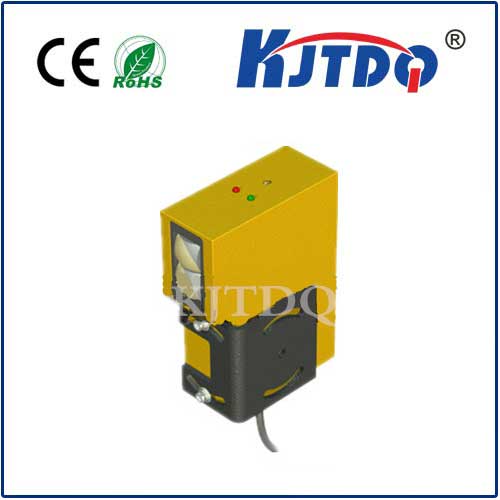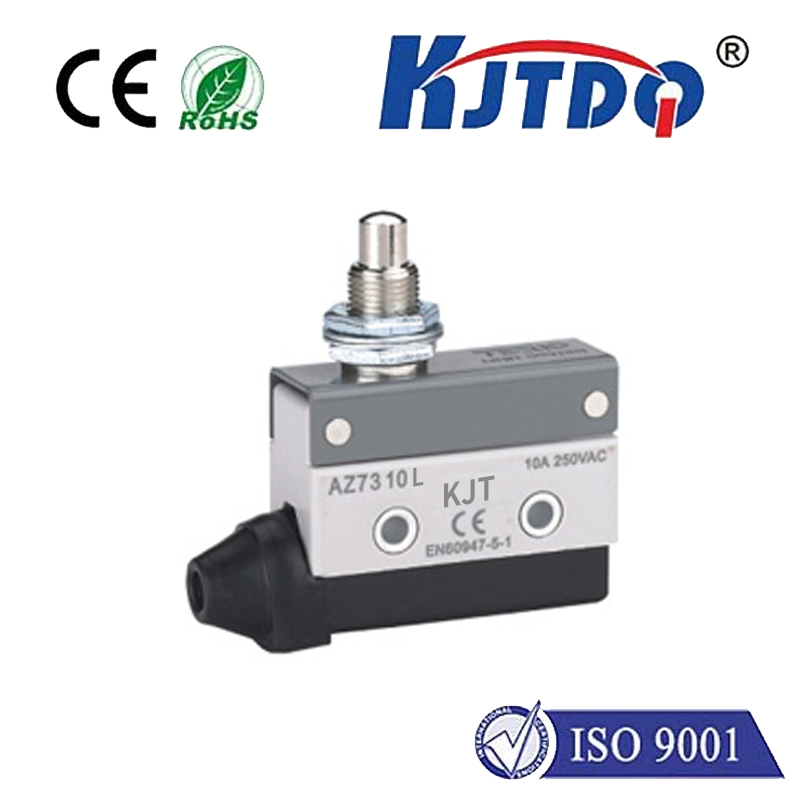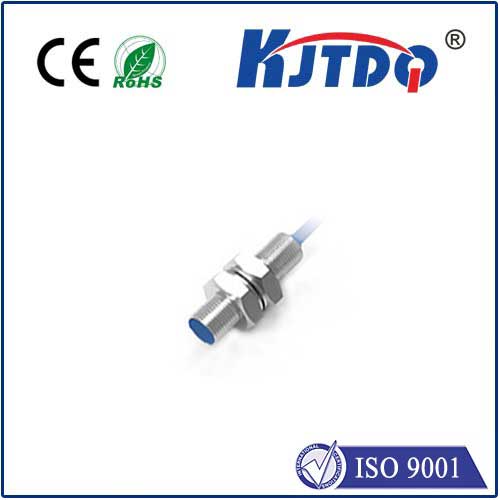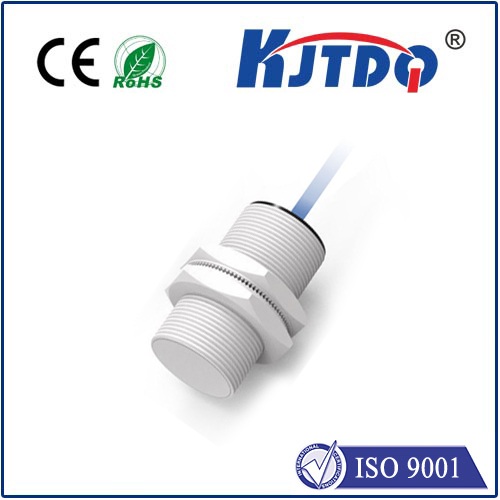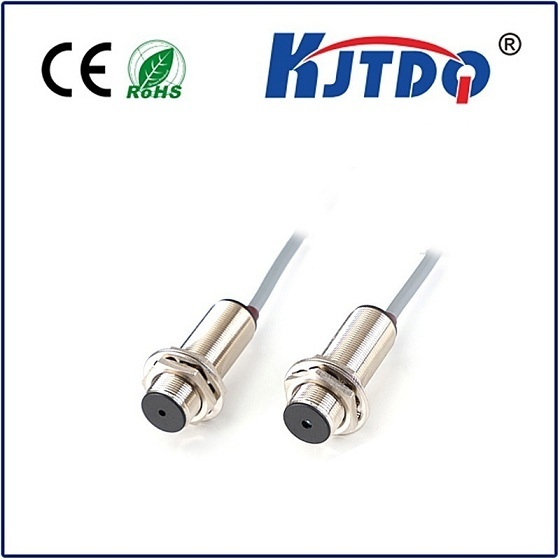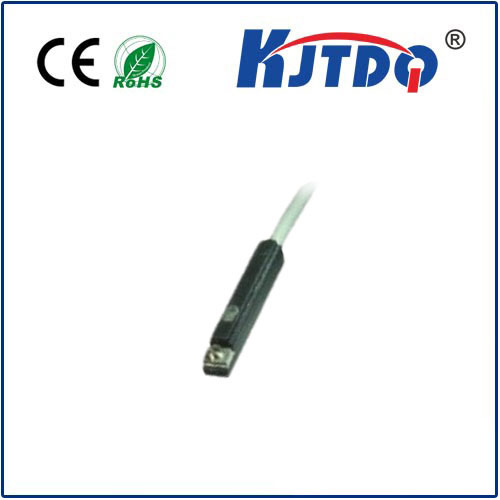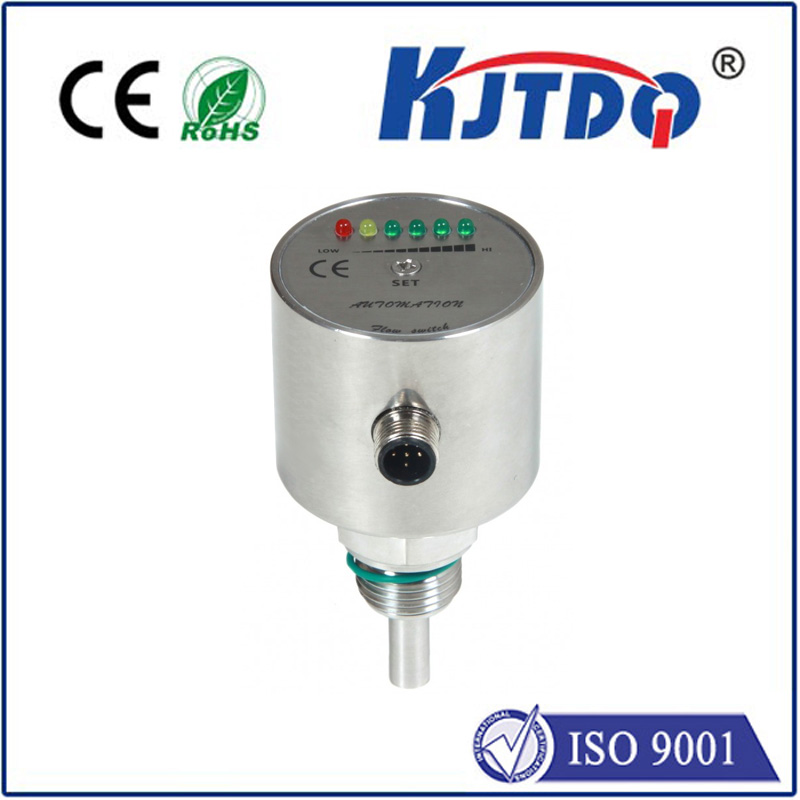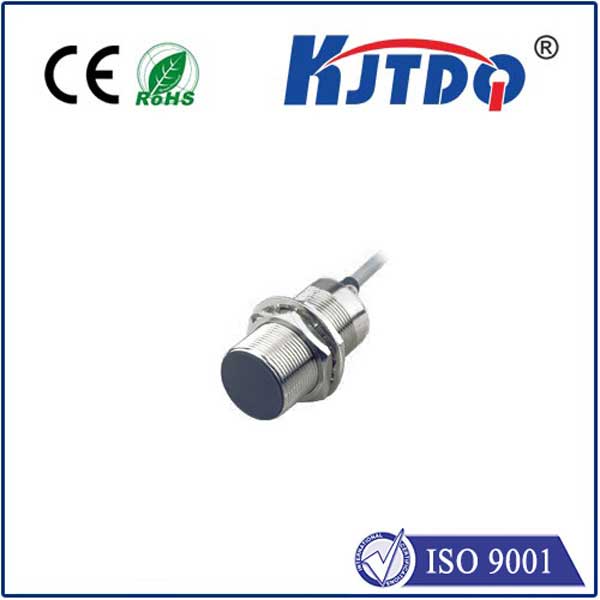Imagine a bustling production line. Packages zip along conveyors, robotic arms swoop with precision, and components are assembled at lightning speed. Now, picture the chaos if just Один. critical object went undetected. A missing bottle cap halts filling, an absent part jams assembly, or an incorrectly positioned item causes a costly collision. This is where the unsung heroes of automation shine – photoelectric sensors. And among them, the E3FA-RP21 24V photoelectric sensor stands out as an exceptionally versatile and dependable solution for countless detection tasks.
Demystifying Photoelectric Sensing
At its core, a photoelectric sensor uses light to detect the presence, absence, or distance of an object. It consists of an emitter (which projects a light beam, often infrared or visible red LED) and a receiver. When this beam is interrupted or reflected by an object, the sensor’s state changes, triggering an output signal. This simple principle underpins a vast array of industrial automation and control applications. Photoelectric sensors offer significant advantages over mechanical alternatives: they are non-contact, meaning no physical wear and tear, provide high-speed detection, operate reliably in harsh environments, and can sense a wide variety of materials.
Introducing the Omron E3FA-RP21: Engineered for Versatility
The E3FA-RP21 belongs to Omron’s renowned E3FA series, celebrated for its robust construction and dependable performance in demanding settings. This specific model is a retro-reflective photoelectric sensor. What does that mean? Unlike diffuse sensors (which detect light bounced directly off the target) or through-beam sensors (which require separate emitter and receiver units), the retro-reflective type houses both the emitter and receiver in a single, compact housing. It operates by bouncing its beam off a dedicated reflector (usually supplied with the sensor) positioned opposite it. Detection occurs when an object interrupts this beam path between the sensor and its reflector.

Key Features and Advantages of the E3FA-RP21
Where the E3FA-RP21 24V Sensor Excels
The combination of its retro-reflective design, compact size, 24v compatibility, and robustness makes the E3FA-RP21 photoelectric sensor incredibly versatile:
Why 24V DC is the Industrial Standard
The choice of 24v DC operation for sensors like the E3FA-RP21 is pivotal. Compared to higher voltages like 110V AC or 230V AC, 24V DC is intrinsically safer (SELV - Safety Extra Low Voltage), significantly reducing the risk of electric shock. It also generates less electrical noise, minimizing interference with sensitive control circuits. Furthermore, modern PLCs (Programmable Logic Controllers), safety systems, and control panels are universally designed to interface with 24v DC sensors. This universality simplifies wiring, panel design, spare parts management, and technician training. Choosing a Фотоэлектрический датчик 24V like the E3FA-RP21 is choosing seamless integration.
Selecting and Implementing Your E3FA-RP21
While the E3FA-RP21 is designed for ease of use, successful implementation hinges on a few considerations:
The Indispensable Detection Solution
In the intricate dance of automated systems, reliable object detection is paramount. The Omron E3FA-RP21 24V photoelectric sensor, with its retro-reflective precision, compact form factor, industry-standard 24v power, and rugged IP67 build, provides an exceptionally dependable solution. It strikes an ideal balance between performance, durability, and cost-effectiveness. Whether you’re monitoring production flow, ensuring machine safety, or verifying component position, the E3FA-RP21 photoelectric sensor delivers the consistent, accurate detection signals that keep processes running smoothly and efficiently. Its blend of robustness and versatility makes this 24v sensor a fundamental component in countless industrial sensing applications, proving that sometimes, the most critical solutions come in surprisingly small, resilient packages.
